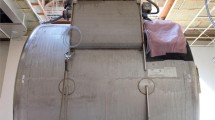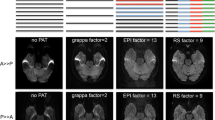Abstract
Ever since the introduction of magnetic resonance (MR), imaging with 1.5 Tesla (T) has been considered the gold standard for the study of all areas of the body. Until not long ago, higher-field MR equipment was exclusively employed for research, not for clinical use. More recently, the introduction of 3.0-T MR machines for new and more sophisticated clinical applications has resulted in important benefits, especially in neuroradiology. Indeed, their high gradient power and field intensity (3.0 T) allow adjunctive and more advanced diagnostic methodologies to be performed with excellent resolution in a fraction of the acquisition time required with earlier machines. The purpose of this paper is to illustrate the distinctive semeiological characteristics of 3.0-T morphological and angiographic brain imaging compared with lower-field systems and highlight the respective advantages and drawbacks based on the experience gained in the first 5 years from the installation of a 3.0-T magnet.
Similar content being viewed by others
Author information
Authors and Affiliations
Corresponding author
Rights and permissions
About this article
Cite this article
Scarabino, T., Popolizio, T., Giannatempo, G.M. et al. 3.0-T morphological and angiographic brain imaging: a 5-years experience. Radiol med 112, 82–96 (2007). https://doi.org/10.1007/s11547-007-0123-y
Received:
Accepted:
Published:
Issue Date:
DOI: https://doi.org/10.1007/s11547-007-0123-y




